
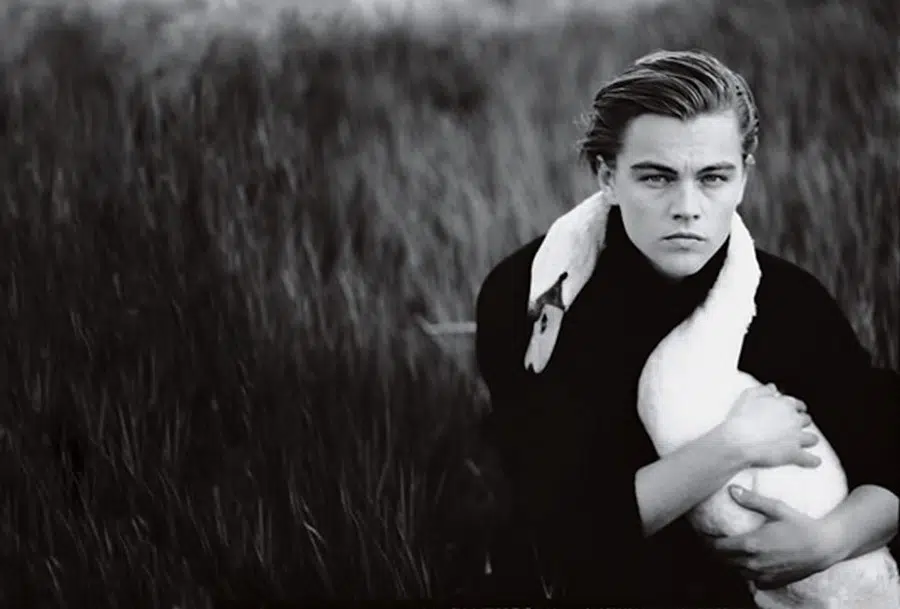



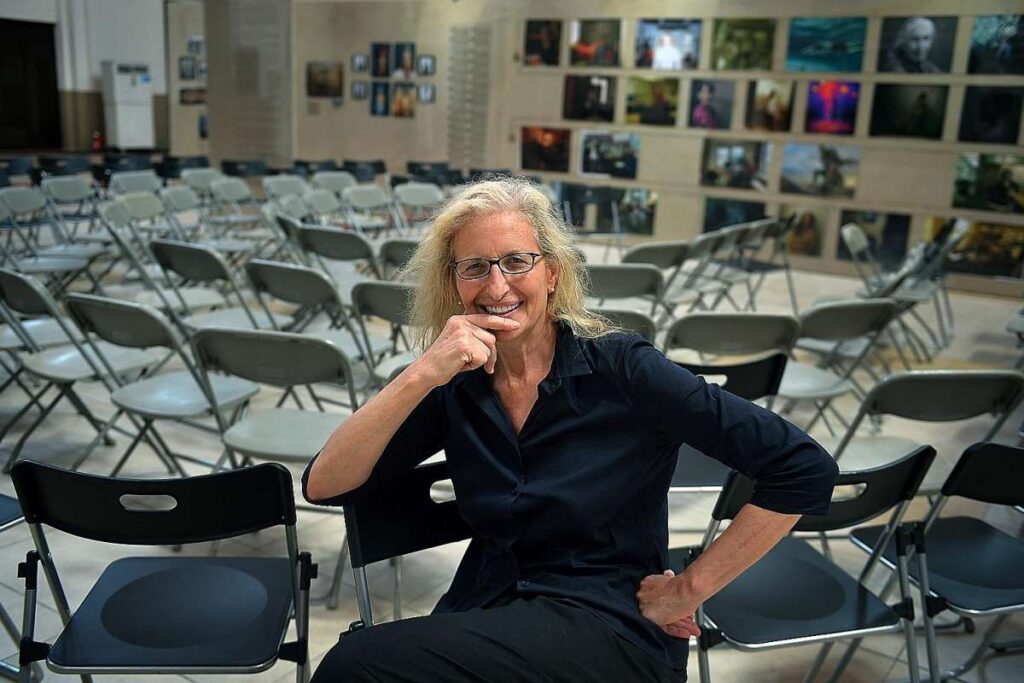
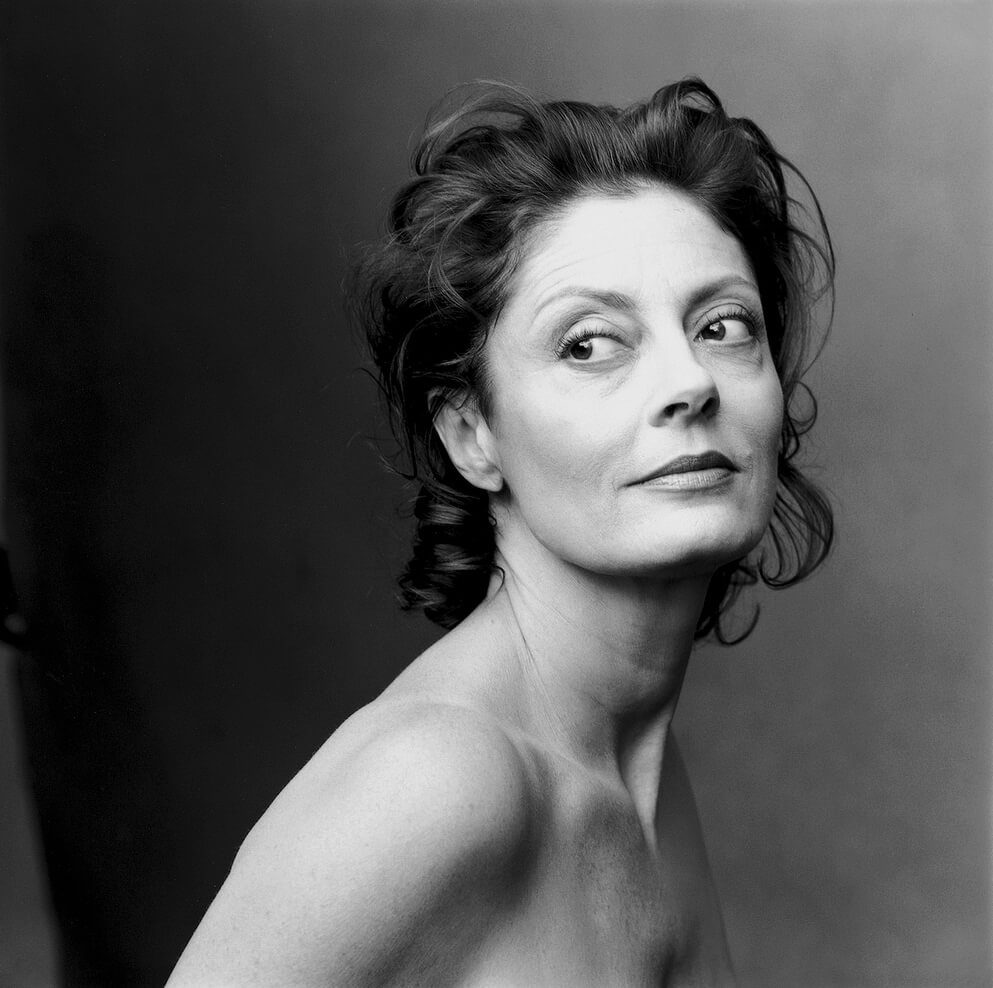
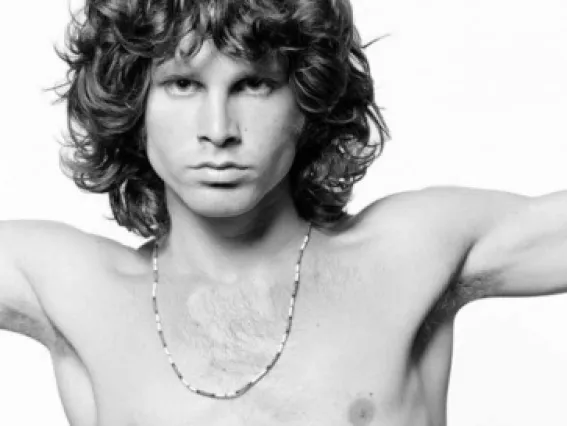
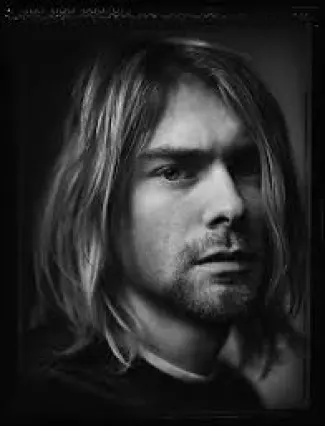
Anna-Lou “Annie” Leibovitz (born October 2, 1949) is considered one of America’s best portrait photographers. From capturing John Lennon on the day he was assassinated, to her work at start-up rock music magazine Rolling Stone (and went on to create a distinctive look for the publication as chief photographer). In 1983, Leibovitz left Rolling Stone and began working for the entertainment magazine Vanity Fair, continuing to produce images that would be deemed “iconic and provocative”. With a wider array of subjects, Leibovitz’s photographs for the magazine ranged from presidents to literary icons to teen heartthrobs. She is the first woman to have held an exhibition at London’s National Portrait Gallery.
In 1967, Leibovitz enrolled at the San Francisco Art Institute, where (although initially studying painting) she developed a love for photography. While with Rolling Stone, Leibovitz developed her trademark technique, which involved the use of bold primary colors and surprising poses. “Leibovitz is much influenced by Richard Avedon, and his ‘personal reportage’, developing close rapport with her subjects.” Leibovitz’s images have been showcased in several books and major exhibitions around the world.
Leibovitz was using medium format cameras before they ever went digital. In fact, she originally started with the Mamiya RZ67. Annie reportedly shot most of her work with the RZ67 till her transition into digital by the early 2000s.
This is a medium format film camera that has stood the test of time. Some photographers still use it for the nostalgia factor of film photography. It has a sturdy build quality, and the variety of available lenses are still praised as excellent to this day.
Leibovitz, unlike many who built their careers in the days of 120 film, had no issues migrating to digital. It’s more than just a nostalgia camera, however.
References: